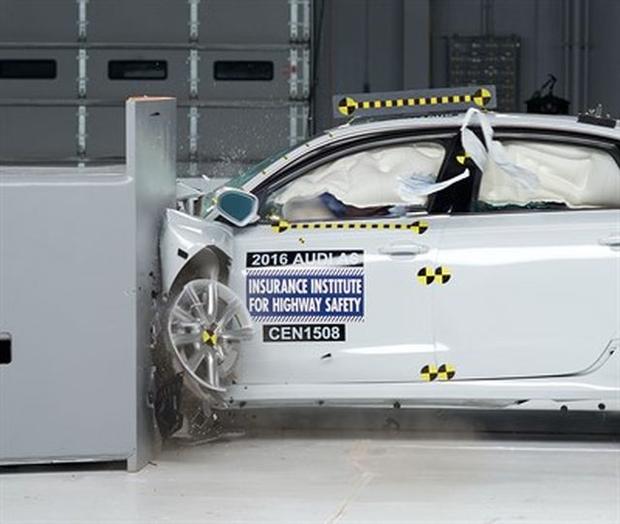How female drivers are changing the American car
An ongoing shift in the gender mix of drivers on America's roads is changing what consumers are looking for in their vehicles.
A new study from the University of Michigan Transportation Research Institute (UMTRI) shows that the percentage of female drivers has risen gradually since the early 1960s, when females made up fewer than 40 percent of all drivers. Women drivers became the majority in 2005, and as of 2013 constituted 50.5 percent of all drivers.
In the report, Michael Sivak, a research professor at UMTRI, says the growing number of female drivers has major implications when it comes to factors such as vehicle demand, energy consumption and road safety.
"This is the case because, compared to males, females are more likely to purchase smaller, safer and more-fuel efficient vehicles," he said, noting that "females drive less, and females tend to have a lower fatality rate per distance driven."
Those findings are also supported by research from Autotrader. The online automotive marketplace says women are more likely than men to buy a car out of necessity, such as to commute to a job. And among the newer technologies many women are looking for in their next vehicle, safety-related devices such as backup cameras, sensors, keyless entry and blind-spot detection all rate prominently on their "must-have" lists.
Jack Nerad, executive editorial director at Kelley Blue Book, thinks there's no doubt that female consumers have greatly impacted automakers, and auto sales, over the past decade.
"The increase in females as a percentage of new-car buyers already has had significant effects, and it is likely those effects will become even more pronounced," he told CBS MoneyWatch.
"Vehicle performance in the traditional sense -- acceleration, cornering -- is much less important to them than to men," he said, "but interior amenities and interior and exterior styling are more important to them."
Given that many married women are the primary drivers of vehicles registered to their husbands, female drivers are "an even bigger portion of the market than raw statistics might indicate," Nerad added.
KBB analyst Akshay Anand notes that, male or female, car-buying still comes down to a good product and smart marketing.
"There are biases here and there, but by and large consumers want the same thing regardless of gender for the most part," he said. "They want reliability. They want safety. They want a good experience with the purchasing process and a fair price for their vehicle. As the U.S. population is basically a 50-50 split between men and women, this distribution should stay that way for the foreseeable future."
